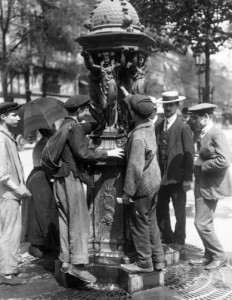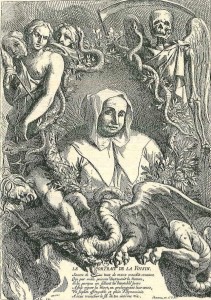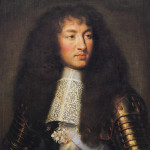
Throughout the centuries clean and drinkable water in Paris was very difficult to find. Running water didn’t come to certain parts of Paris (e.g., Village of Saint-Paul) until the early 1970s. Well, one person saw to it that the citizens of Paris, in particular the poor, had potable drinking water available to them shortly after the Paris Commune of 1871.
British Assistance
Immediately after Napoleon’s defeat at Waterloo, a little-known charity called the British Charitable Fund (BCF) was established for the purpose of assisting British citizens who had moved to France and became destitute. In other words, they needed financial assistance for food and shelter. One of the largest benefactors (and later, a BCF trustee) was Sir Richard Wallace (1818–1890).
Wallace was a British expat living in Paris who had inherited a large sum of money from his father in 1870. Among his other philanthropic endeavors, he founded a hospital. However, Sir Richard’s legacy to modern day Paris is the Wallace Fountain found throughout Paris (and other parts of the world). Read More Wallace Fountains



